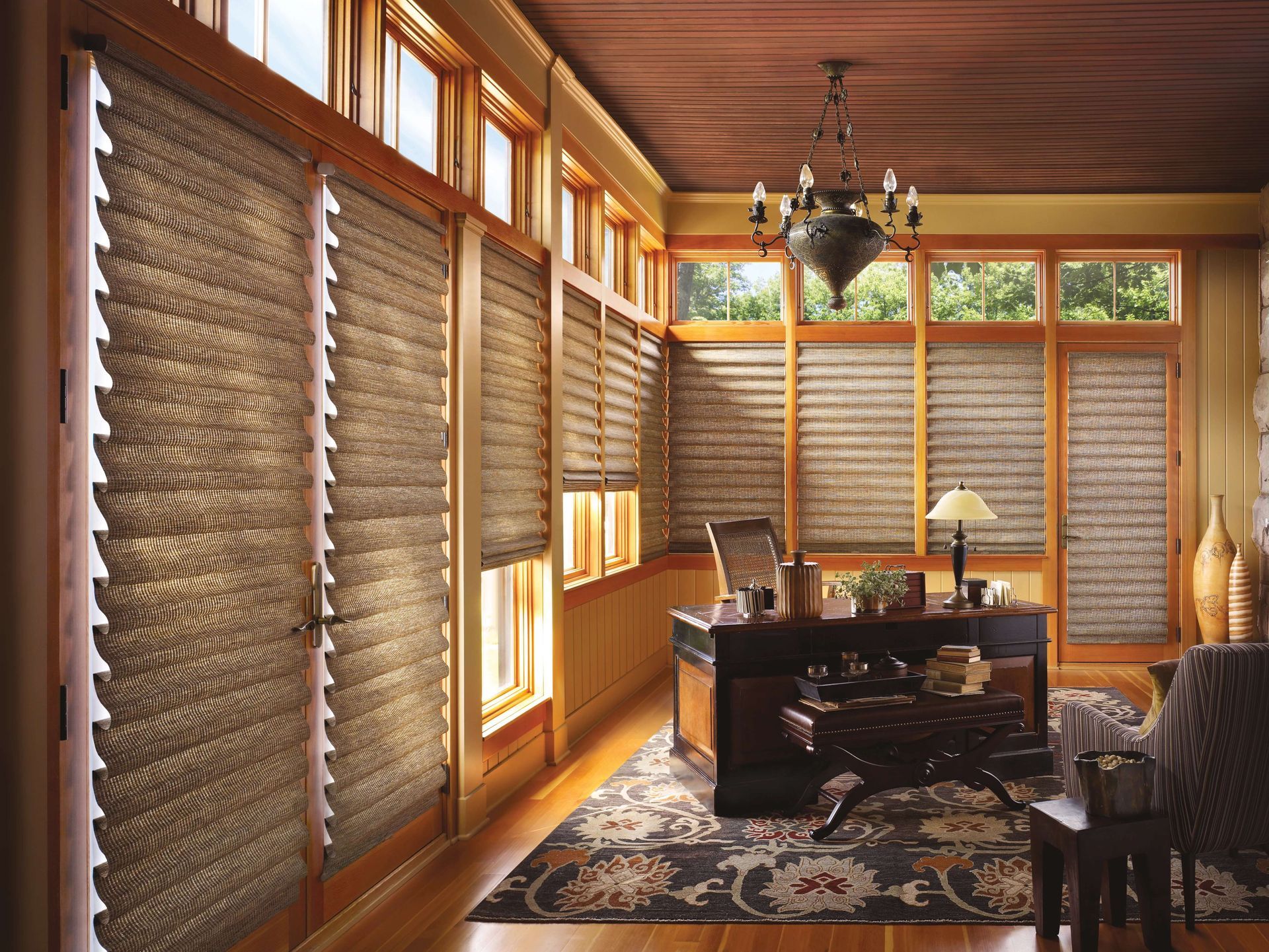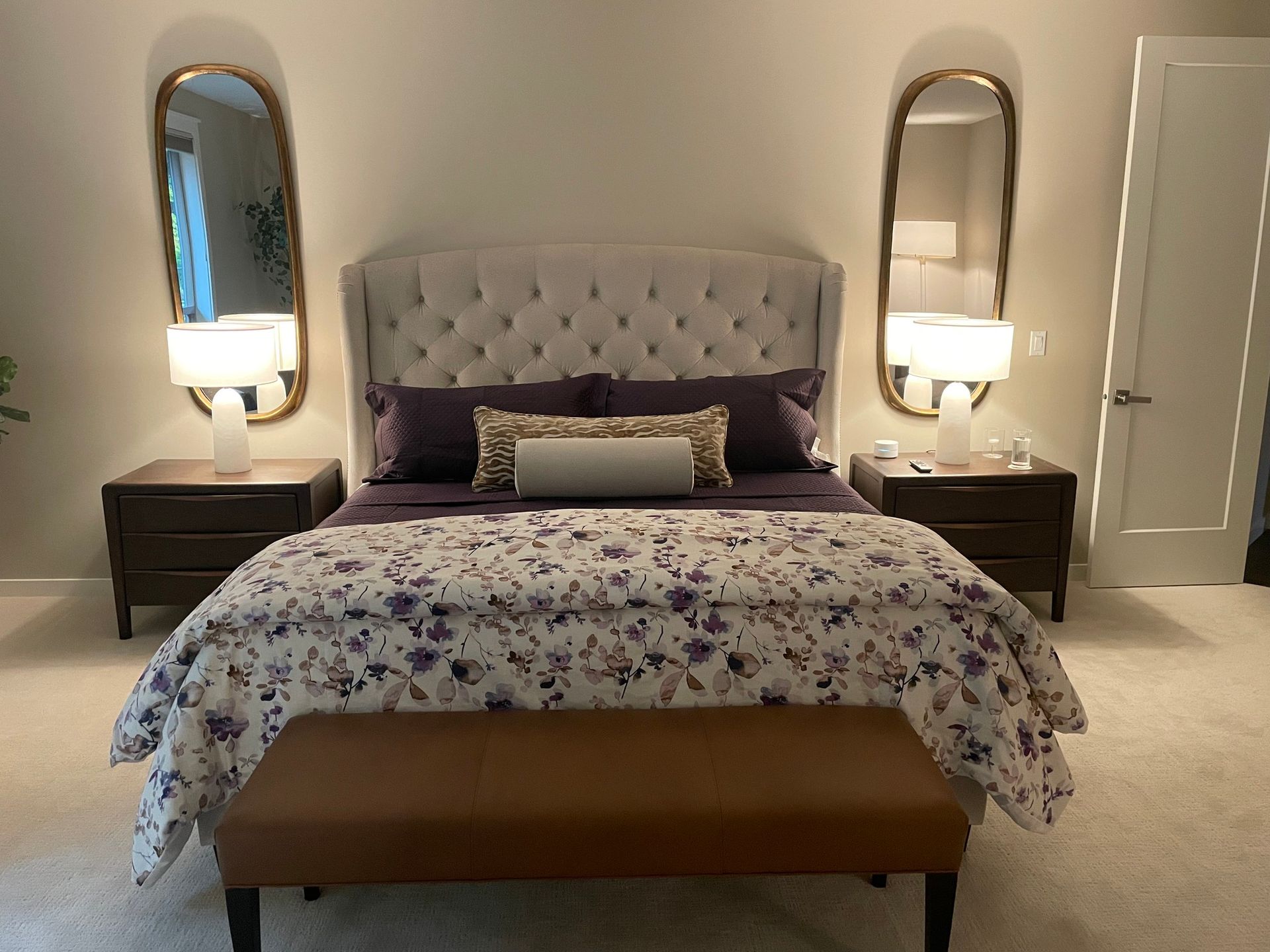Redecorating Your Home: A Guide to Transforming Your Space
When is it Time to Give Your Home a New Look?

Redecorating your home is an opportunity to infuse new energy into your living environment. It's a chance to rethink the aesthetics, improve functionality, and align your space with the evolving needs of your lifestyle. Whether you're updating a single room or your entire home, a well-thought-out approach will lead to a harmonious and satisfying result. This guide will walk you through the essential steps of redecorating, from assessing your space to implementing the final touches.
Importance of Redecorating
Our homes are an extension of who we are. As we grow and change, so should our surroundings. Redecorating offers a fresh start, a way to bring your personality and current tastes into the space where you spend most of your time. It can improve your mood, create functionality, and even increase the value of your home. Beyond aesthetics, it's about enhancing comfort, creating an inviting atmosphere, and making a space that truly reflects you.
Assessing Your Space
Understanding Your Needs
Before jumping into choosing colors or furniture, it's crucial to understand what your space needs. Start by asking yourself how you use the room daily. Do you need more storage? Better lighting? A cozy corner for reading? Identify pain points—areas that aren't functioning well—and consider how changes can make your life easier. This practical approach ensures that the redecoration will not only look good but work for you.
Creating a Vision
Once you understand the functional aspects, you can move on to creating your vision. Gather inspiration from various sources—Pinterest, design magazines, or even nature. Imagine how you'd like the room to feel. Modern and minimalist? Warm and rustic? Sleek and contemporary? Think about elements that resonate with you and start sketching out ideas or creating mood boards to solidify your design direction.
Planning Your Layout
The layout of your furniture and decor should flow naturally and make the most of your available space. Take measurements and consider how your existing pieces fit or how new items will change the dynamic of the room. Don't be afraid to rearrange your layout entirely. Sometimes moving a couch or chair can open up a space in ways you hadn’t imagined.
Establishing a Budget
Calculating Costs
Budgeting is one of the most critical aspects of redecorating. Begin by determining how much you're willing to spend overall. Then break that number down into categories—furniture, paint, decor, lighting, etc. Keep a cushion for unexpected expenses, as even the most carefully planned projects often run into surprises.
Prioritizing Projects
Not everything needs to be done at once. List your projects in order of importance. Focus on high-impact areas like living rooms or kitchens, where you'll get the most immediate benefit. If your budget is tight, prioritizing will allow you to tackle one room at a time and gradually work your way through your home.
Cost-Saving Tips
Redecorating doesn’t have to break the bank. Reupholstering furniture, painting walls yourself, or upcycling older items can save you money while giving your space a unique touch. Scour thrift stores and flea markets for hidden gems that can be refurbished or repurposed. Small DIY projects can add charm and character without hefty price tags.
Choosing a Design Theme
Exploring Styles
Your design theme sets the tone for the entire space. Explore different styles to see what resonates with you—whether it's the clean lines of modernism, the eclectic charm of boho, or the refined elegance of traditional design. Each style brings its own energy and mood, so choose one that speaks to your personality and lifestyle.
Cohesion Across Rooms
Even though each room may have a different function or feel, it’s essential to maintain a sense of cohesion throughout your home. Use a consistent color palette or repeating design elements to tie rooms together. This will create a seamless flow and prevent your home from feeling disjointed or chaotic.
Incorporating Personal Touches
Personalizing your space with unique elements is what makes a house feel like a home. Family heirlooms, travel souvenirs, or artwork that holds special meaning can be incorporated into your design, giving your home character and depth. Don’t hesitate to mix new purchases with sentimental pieces to create a truly unique space.
Selecting Color Schemes and Materials
Color Psychology
Colors have a profound impact on our emotions and can influence how we experience a room. Cool tones like blue and green promote calm and relaxation, while warmer shades like red and orange add energy and warmth. Consider how you want each room to feel when choosing your color palette, and remember that lighter shades can make a space feel larger, while darker hues create intimacy.
Material Selection
The materials you choose for furniture, flooring, and accessories also play a crucial role in the feel of a room. Natural materials like wood, stone, and linen bring warmth and texture, while metals and glass can add a modern, sleek touch. Consider durability as well, especially in high-traffic areas where you’ll need robust materials that can withstand wear and tear.
Mixing Textures
Layering textures adds depth and visual interest to a room. Combine smooth and rough, soft and hard, to create contrast and balance. For example, pair a velvet sofa with a rustic wooden coffee table or add a wool throw to a leather armchair. Mixing textures prevents a room from feeling flat and makes it feel more inviting.
Updating Furniture and Fixtures
Furniture Selection
Choosing the right furniture is key to both comfort and style. Consider the scale of each piece in relation to the room—oversized furniture can make a space feel cramped, while too-small pieces may leave it feeling sparse. Look for pieces that are functional yet stylish, and don't be afraid to invest in quality where it counts.
Eco-Friendly Options
Sustainability is becoming increasingly important in interior design. Opt for eco-friendly furniture made from recycled or responsibly sourced materials. Not only does this contribute to a healthier environment, but it also gives your home a unique touch with sustainable and beautifully crafted pieces.
Lighting and Fixtures
Lighting is a crucial aspect of any room, affecting both mood and functionality. A mix of ambient, task, and accent lighting can transform a space. Chandeliers, pendant lights, and floor lamps all add style, while dimmer switches can allow you to adjust the lighting to fit the atmosphere.
Accessorizing Your Space
Decorative Elements
Accessories are the finishing touch to your home decor. Items like rugs, artwork, and vases can tie a room together, add personality, and create a layered, lived-in feel. Be mindful of balance—too many accessories can clutter a space, while too few can leave it feeling empty.
Functional Decor
Functional decor, like storage baskets or stylish shelving units, can serve dual purposes, adding beauty to a room while keeping it organized. Invest in pieces that not only look good but also help solve common household problems like clutter or lack of space.
Green Decorating
Incorporating plants into your decor adds life and freshness to your home. From large potted plants to small succulents, greenery can improve air quality and bring a natural element to any room. Use plants as accent pieces to add color, texture, and movement.
Implementing the Redecoration
DIY vs. Professional Help
Deciding whether to tackle the redecoration yourself or hire a professional depends on your skill level and the complexity of the project. DIY projects are rewarding and cost-effective but may require more time and effort. For larger renovations or more intricate designs, a professional can offer expertise and ensure the job is done to perfection.
Phased Approach
If redecorating the whole house feels overwhelming, consider a phased approach. Start with one room at a time, focusing on areas that will have the most immediate impact. This allows you to spread out costs and effort while ensuring that each space gets the attention it deserves.
Managing the Project
Project management is crucial for staying on schedule and within budget. Set realistic deadlines, keep track of your expenses, and maintain open communication with any contractors or professionals involved. By staying organized, you'll avoid stress and keep your redecoration on track.
In conclusion, redecorating your home is an exciting and transformative process that allows you to craft a space that reflects your style, meets your needs, and enhances your daily life. By following these steps and considering every detail, you can create a home that is not only visually appealing but functional and comfortable.




